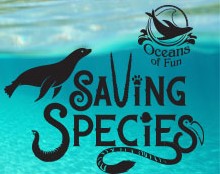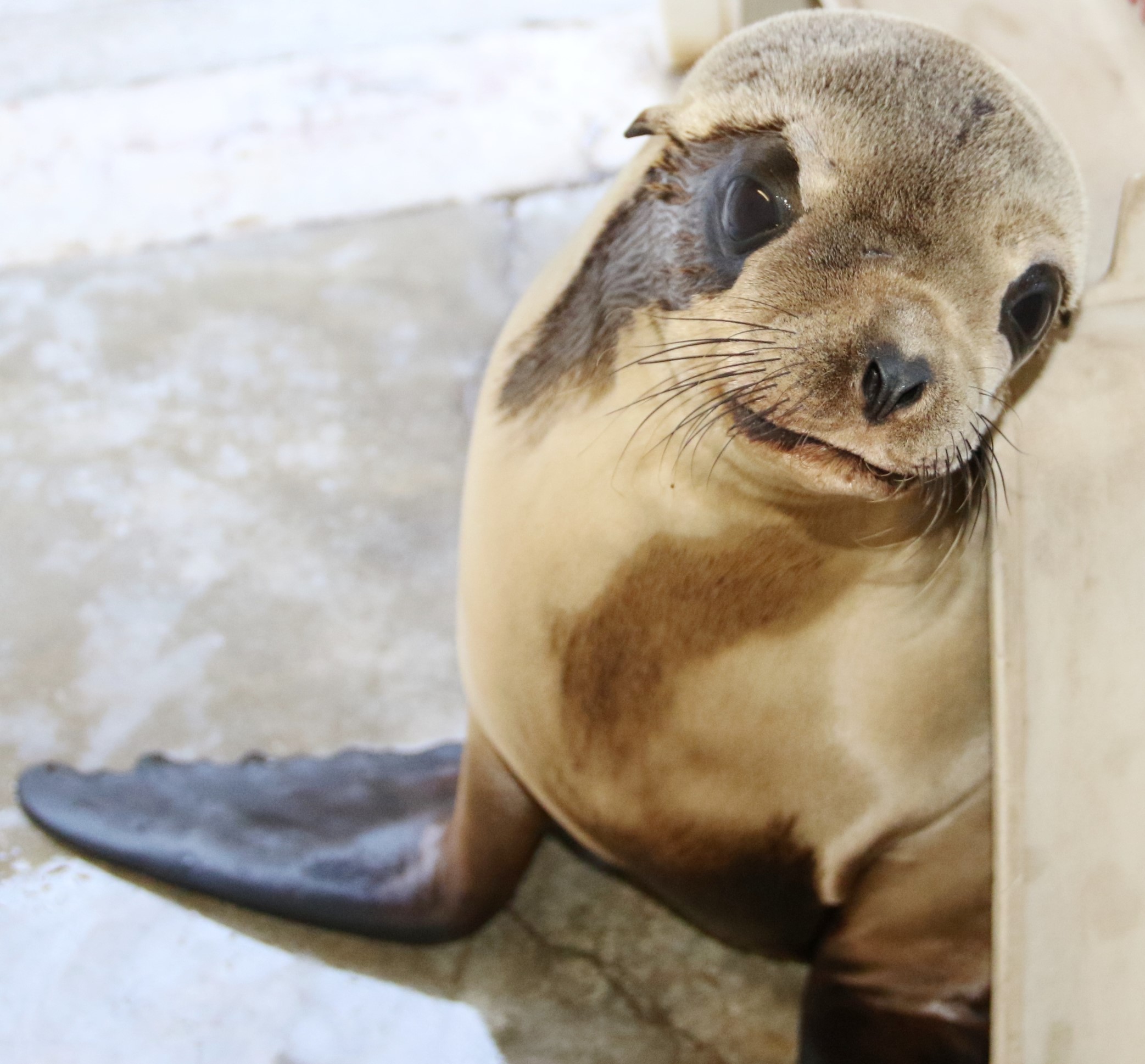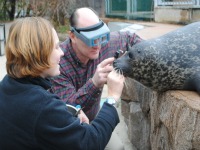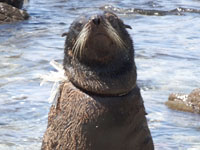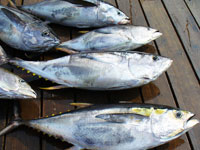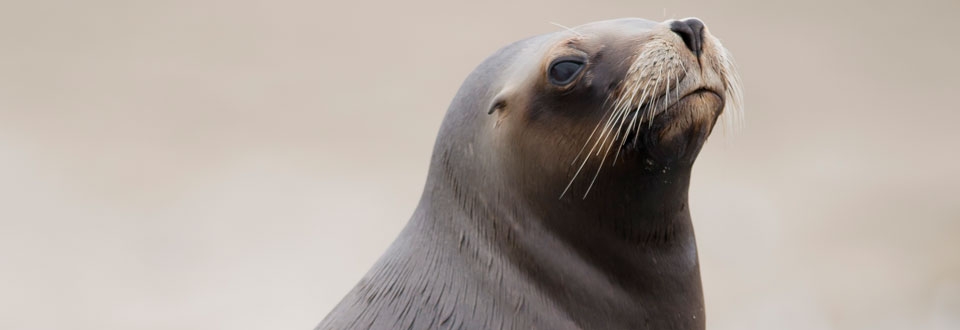
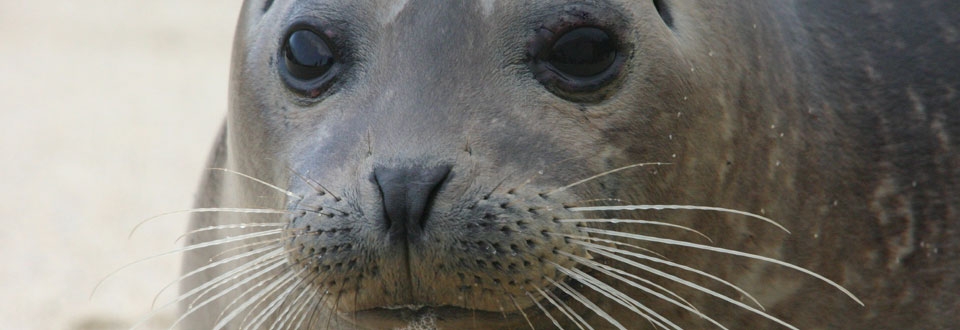
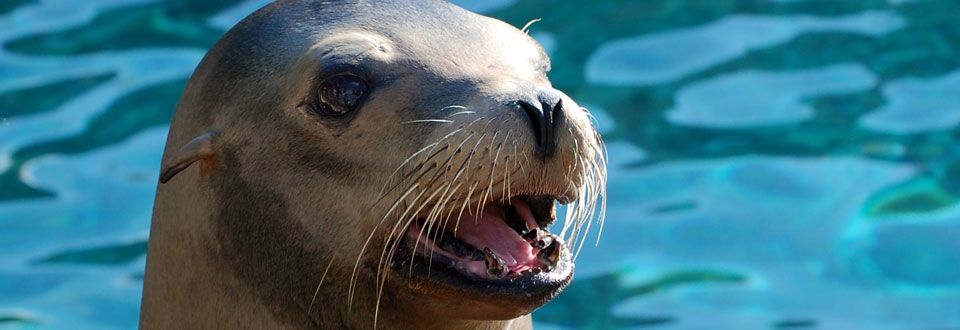
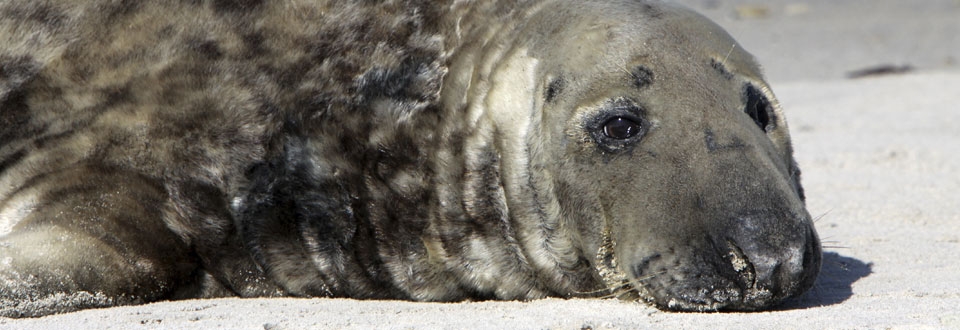
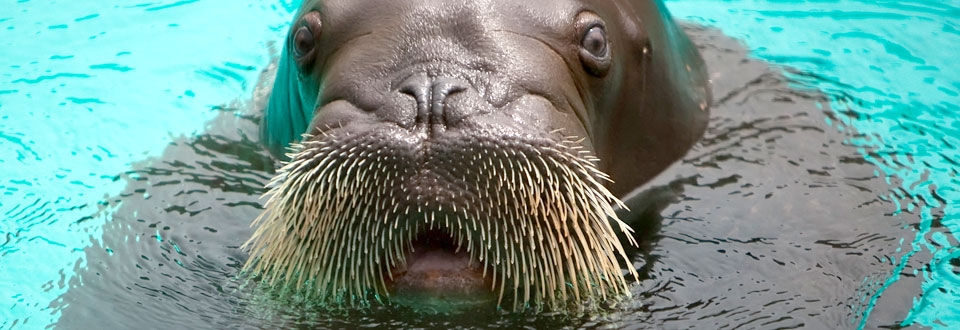
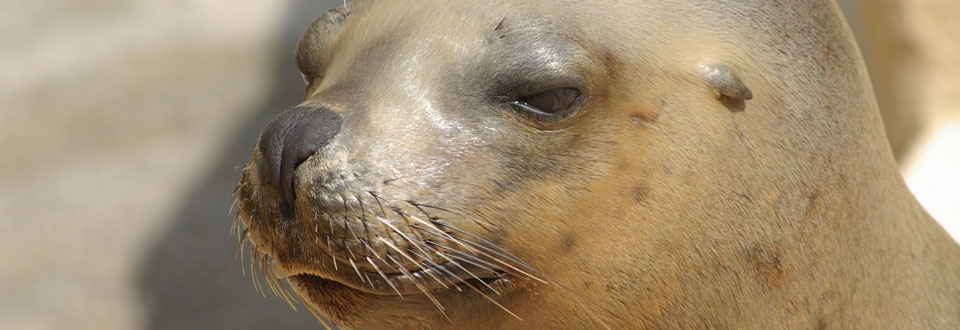
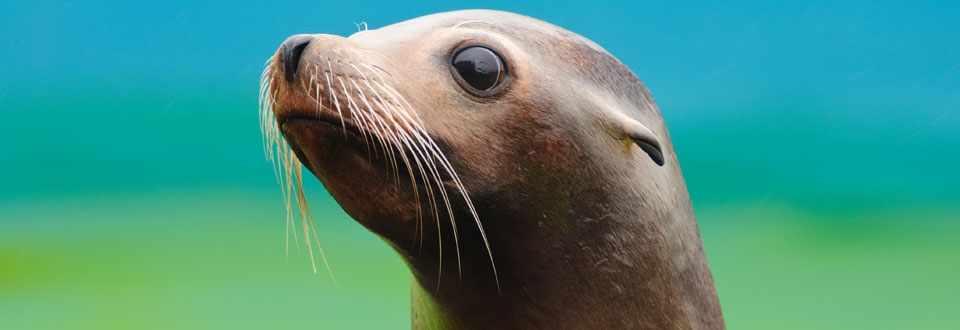
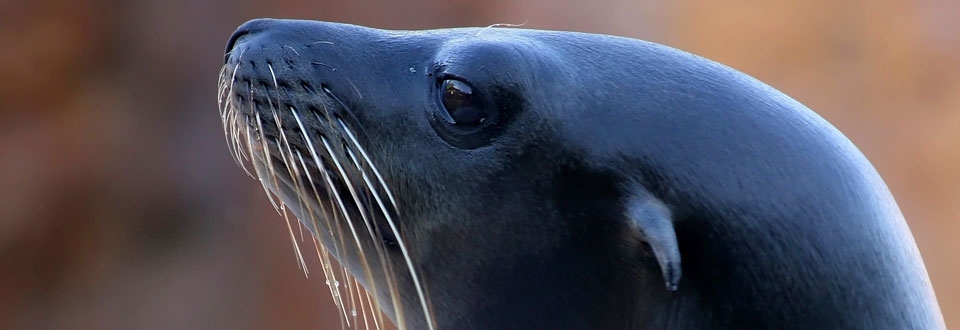
Pinniped Conservation
|
|
Pinnipeds residing in zoos and aquariums are ambassadors for their species providing us the opportunity to gain knowledge through research dedicated to learning more about marine mammals Information gained about animal behavior, life cycles, and social structure can then be applied to better understand the animal’s wild counterparts. In the process, we are able to educate the public about the animal’s natural life history and environmental concerns impacting animals in the wild. Zoos and aquariums have the ability to provide exceptional mental, physical and medical care because of our expertise and training techniques. Additionally, these environments ensure animals the protection from natural predators, pollution and harassment while providing them the benefit of a high quality diet and specialized veterinary care. Because of these efforts, we have been able to double the lifespan of the pinnipeds under our care. Seals and sea lions in zoos and aquariums typically live into their 30s with the possibility of living much longer. Life in the wild does not provide such a safe and friendly environment as wild pinnipeds only live 10-15 years on average. |
|
|
Marine mammals face many challenges on a daily basis. Some of these challenges occur naturally while others are contributed by human interaction and development. Through habitat destruction, harassment, pollution, overfishing, and disease, these animals struggle to survive in their natural habitats. The most common issues impacting pinnipeds are domoic acid poisoning, pollution and entanglement, and lack of food sources due to overfishing. Each of these factors present different challenges to seals, sea lions and walruses living in the wild. |




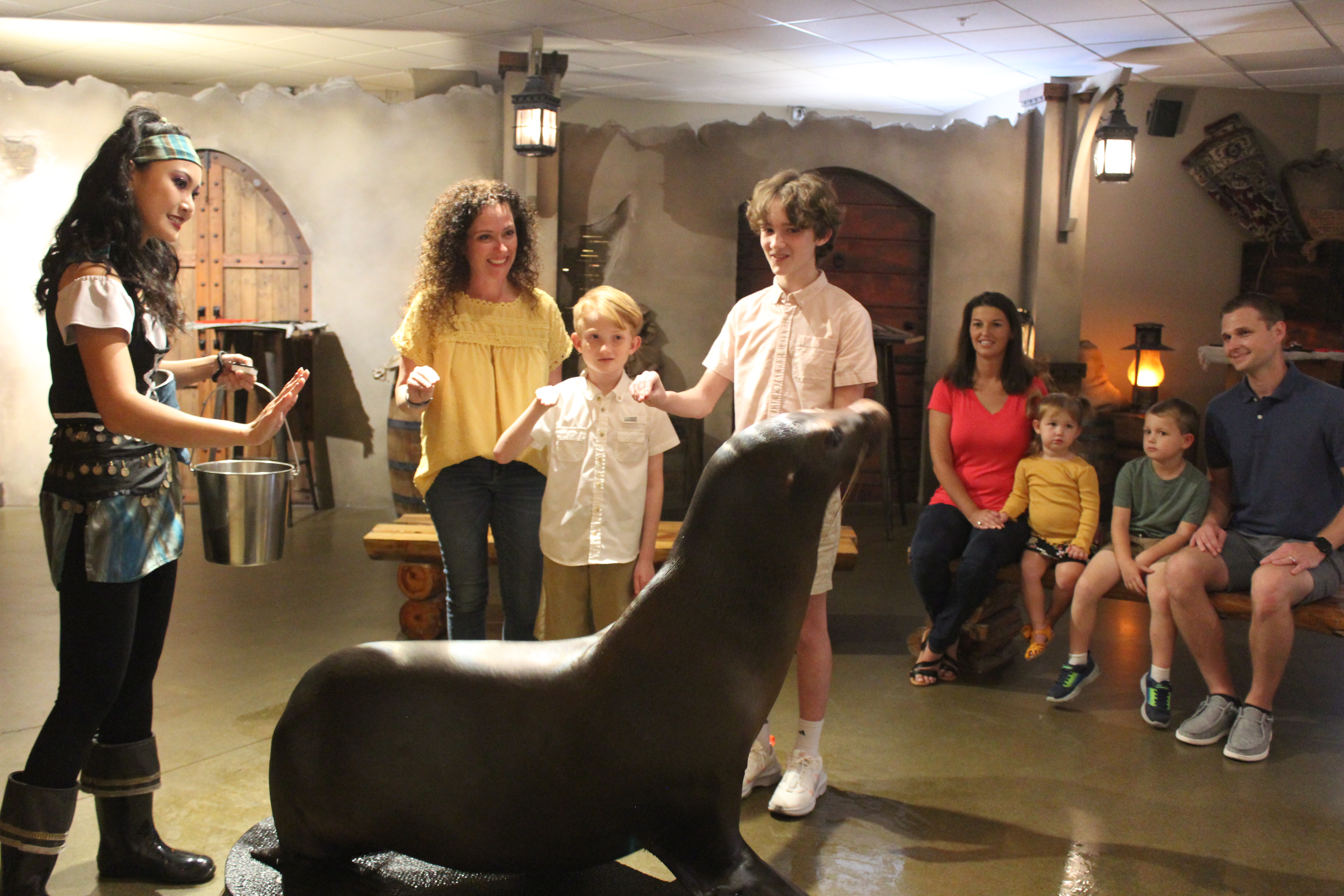 Animal Encounter
Animal Encounter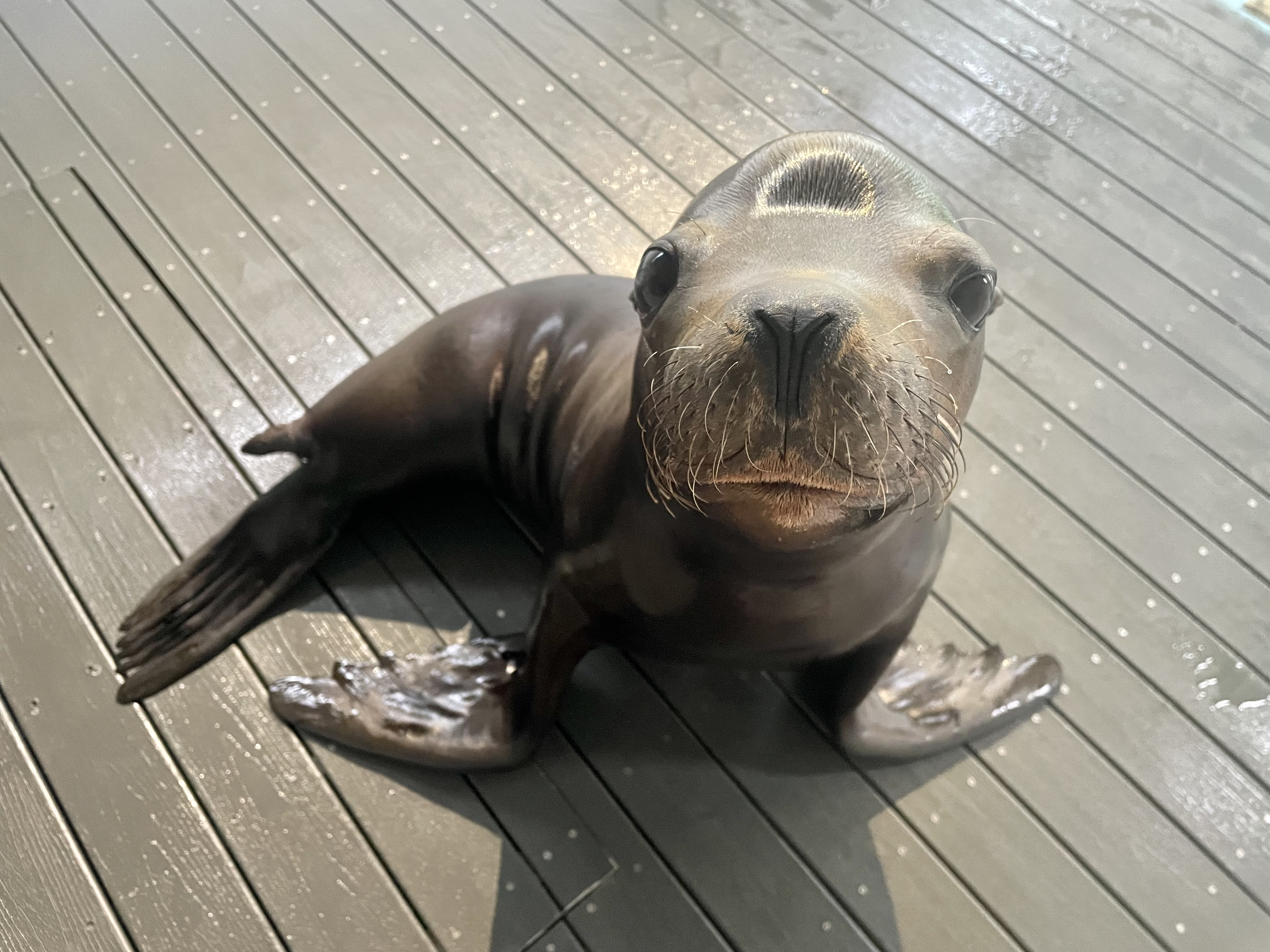 Our Locations
Our Locations
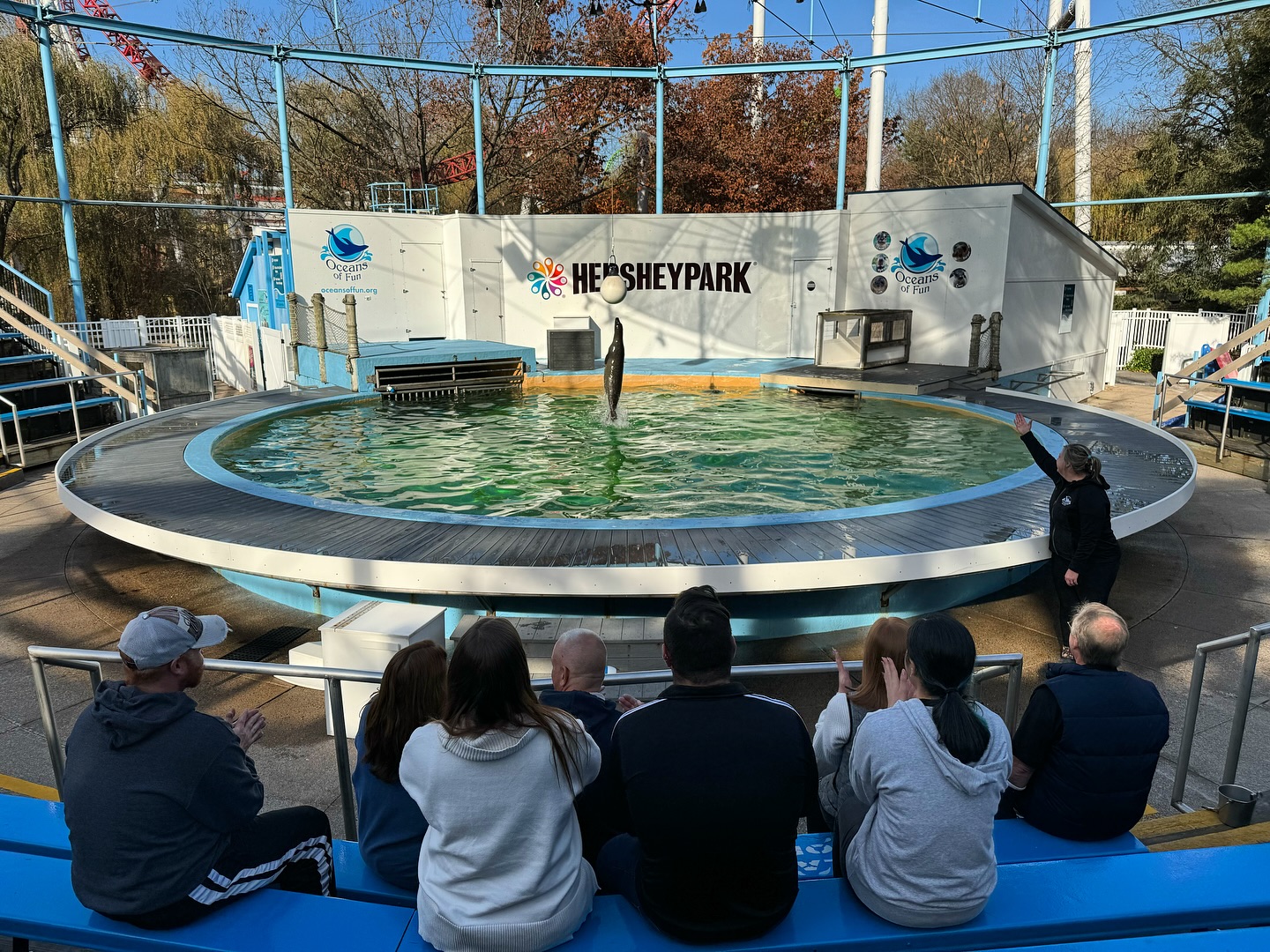 Family Fun
Family Fun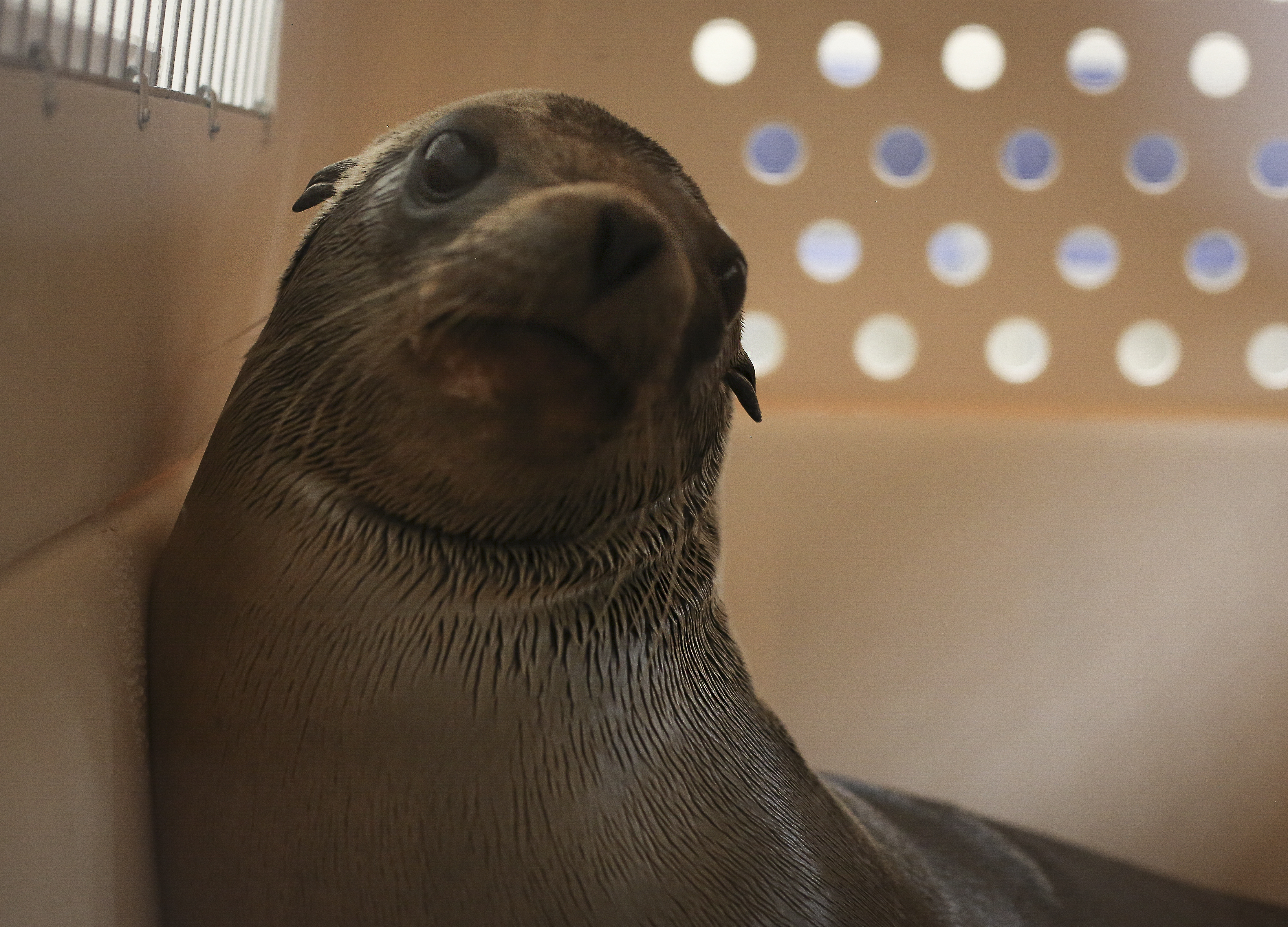
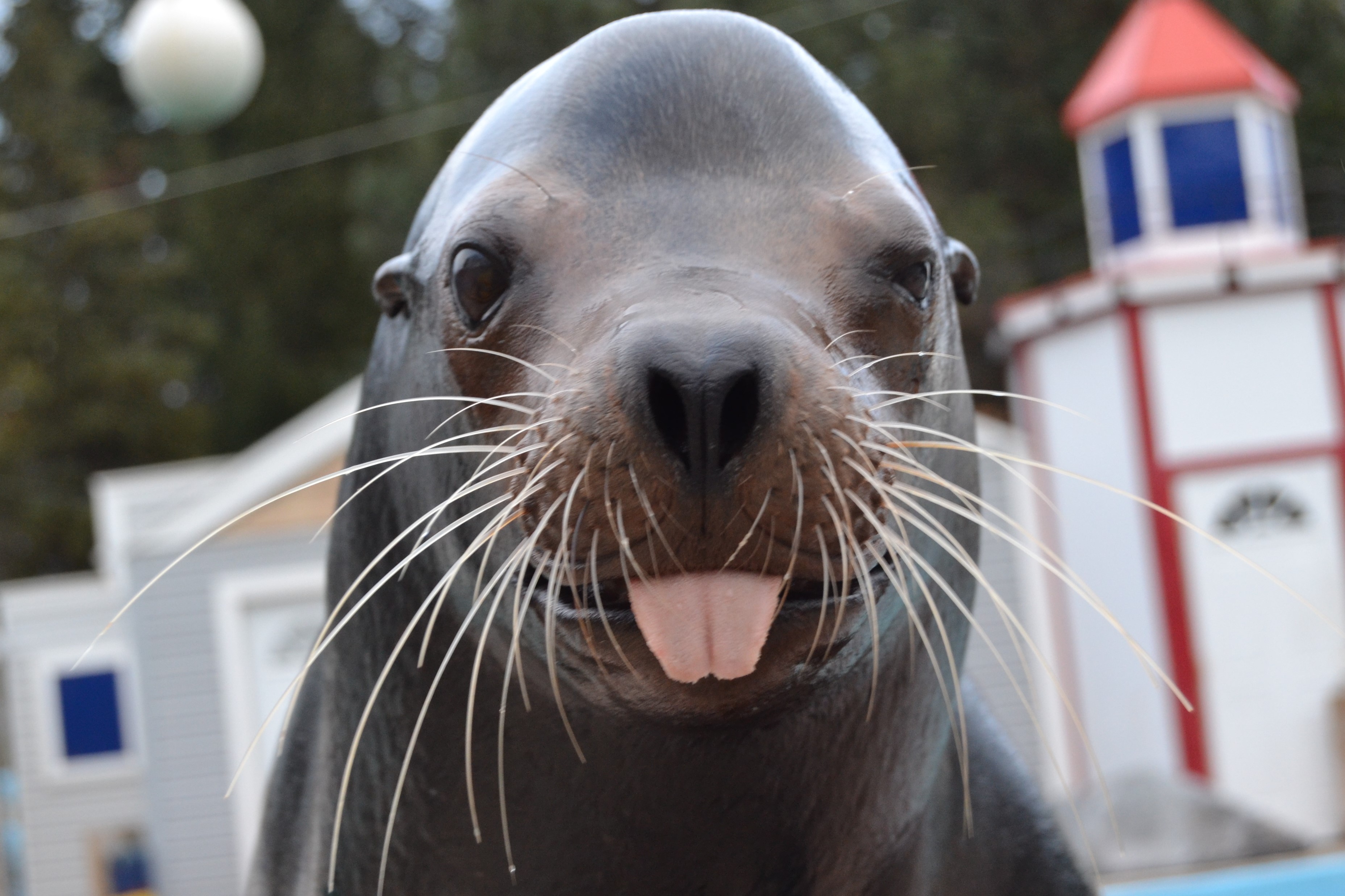
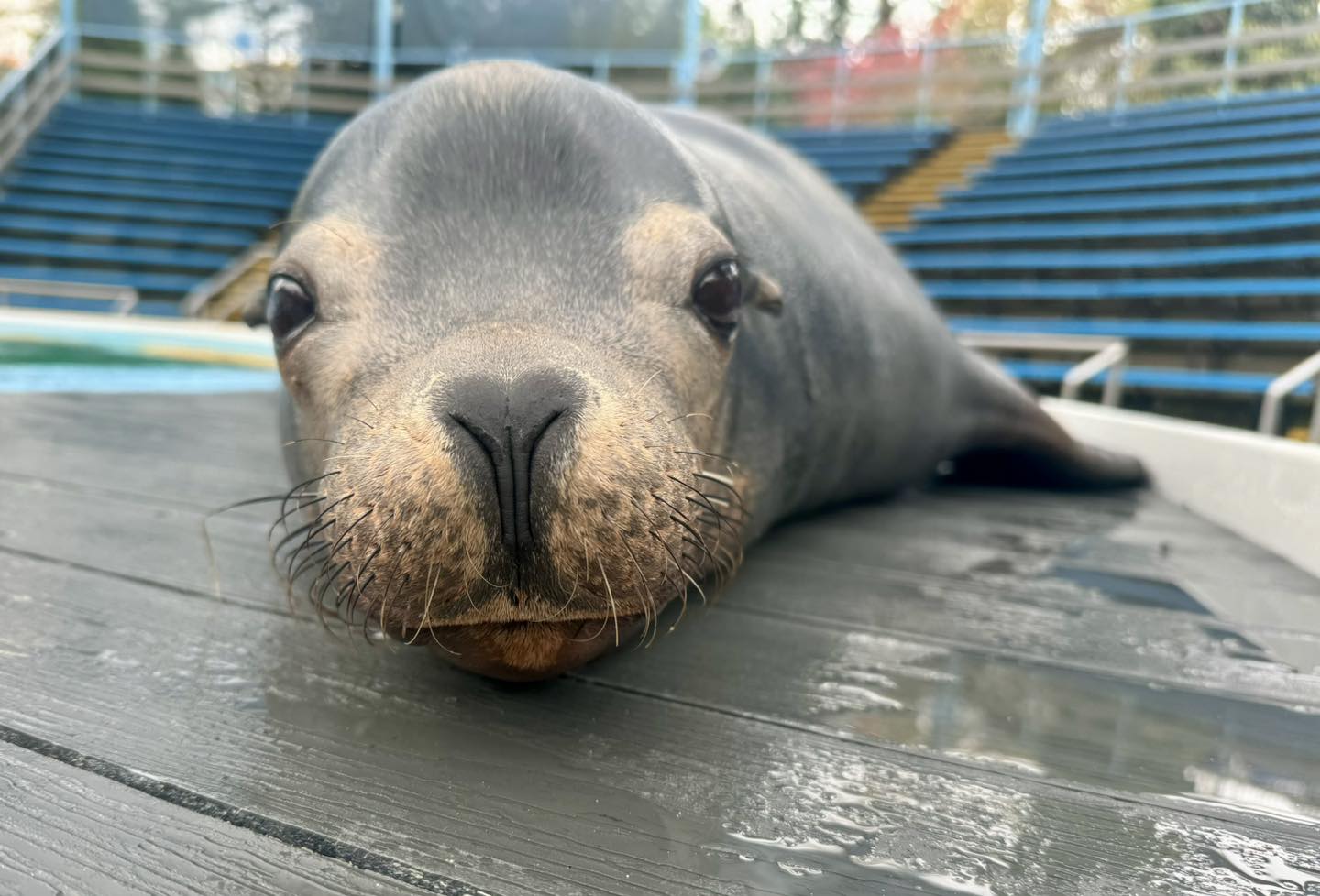 Meet Ripley!
Meet Ripley!
